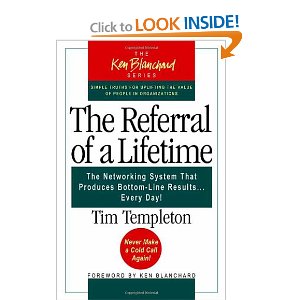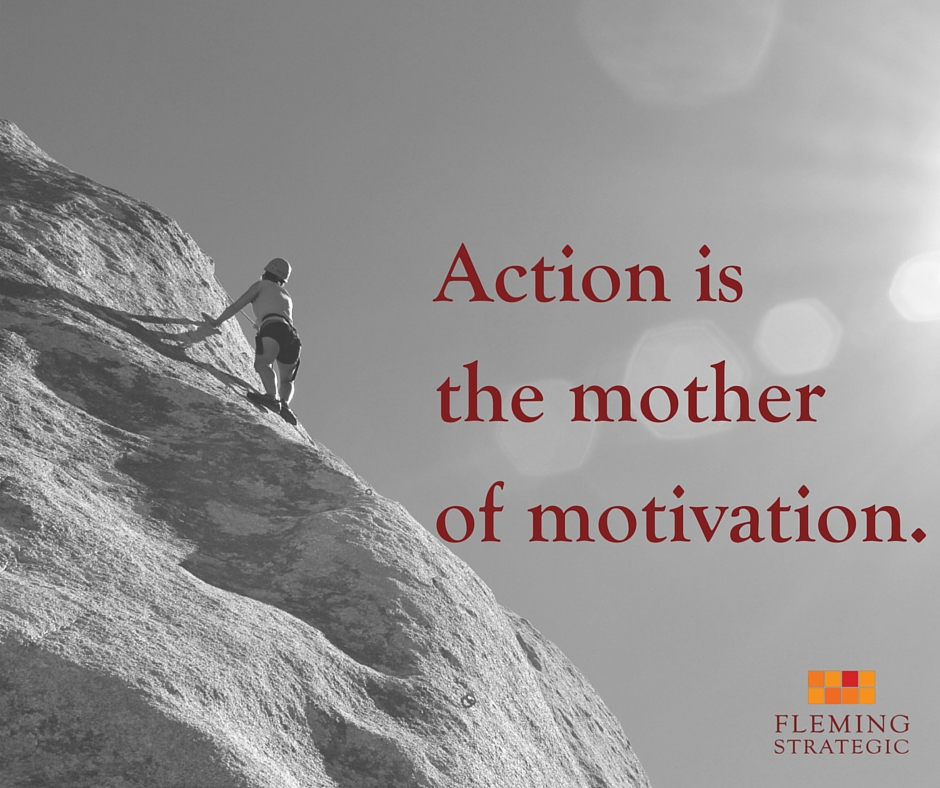Planting seeds for biz dev growth
After you read the review (and, I trust, the books themselves), please drop me a line and let me know what questions you have about implementing the lessons the books share. If you have a success story that’s driven by those lessons, I’d love to hear that too!
I’ve never reviewed two books in a single review before, but these two are such neat parallels in both style and message that I just can’t resist the temptation. The message of both of these short, quick reads is simple: if you genuinely care about other people and helping them to succeed, your business will grow well and authentically.
Both books are written as parables, using the story of a struggling business person’s meeting with a kind and mysterious, all-knowing mentor to illustrate how exactly to go about creating meaningful business relationships. I don’t care for the parable style of business book, simply because it typically rings a little hollow and sometimes permits the teaching to stay at a superficial level, never getting the specifics. Both The Go-Giver and The Referral of a Lifetime avoid these problems. The Referral of a Lifetime excels particularly, because it includes an appendix with templates and samples that the reader can adapt for his or her own needs. The parable style is also handy to convey a great deal of information without pedantic repetition, and it ends up being quite effective in both books.
 Each book is based in just a few simple principles. The four principles offered in The Referral of a Lifetime are:
Each book is based in just a few simple principles. The four principles offered in The Referral of a Lifetime are:
- The 250 by 250 Rule: It’s not only who you know that counts, it’s who your clients know that is important.
- Build a database [of your contacts] and ABC it.
- Just Let Me Know: Educate your clients about how you work and your value to them through regular, tangible actions performed without fail.
- Keep in touch consistently, personally, and systematically.
The Go-Giver shares what it calls The Five Laws of Stratospheric Success:
 The Law of Value: Your true worth is determined by how much more you give in value than you take in payment.
The Law of Value: Your true worth is determined by how much more you give in value than you take in payment.- The Law of Compensation: Your income is determined by how many people you serve and how well you serve them.
- The Law of Influence: Your influence is determined by how abundantly you place other people’s interests first.
- The Law of Authenticity: The most valuable gift you have to offer is yourself.
- The Law of Receptivity: The key to effective giving is to stay open to receiving.
The principles set out in these two books are consistent and mutually supportive, yet the two books are quite distinctive. The Referral of a Lifetime teaches you a system for defining and harnessing your already existing network of clients and other contacts, whereas The Go-Giver offers more of a general approach to living and doing business and less of a step-by-step system.
As I was reading these books, I saw them in action with a friend and colleague. Late on Friday afternoon, I received an email from this person, looking for help because a shipper had failed to pick up a pallet of her product from a manufacturing facility in a small town. She was facing two separate time crunches: her product would expire if not shipped promptly, and she needed it to be delivered to her customer more than a thousand miles away no later than Tuesday at noon. Her shipper couldn’t help, and she sent out a request for help after all of the obvious solutions proved unworkable.
A note about this person: in addition to having a fabulous product, she genuinely seeks to help everyone she meets. She’s one of these “never met a stranger” types of people who loves nothing more than sharing her contacts and resources.
Within just a few minutes of sending out her SOS, my friend has received a bunch of ideas and suggestions. Within a couple of hours, one of her contacts arranged for the product to be shipped at a price less than 1/3 of the price that other shippers had quoted for slower service, and that same contact had introduced her to a potential joint venture partner. Good luck that this contact saw my friend’s email? Sure. But it was their relationship (and his adherence to the values behind The Go-Giver and The Referral of a Lifetime, whether he’s actually read those books or not) that prompted him to swing into action.
If you read only one of these books, I’d encourage you to start with The Go-Giver. It’s a very fast read, and the principles it shares will affect the way you see and do business. Once you’re convinced that giving to others is not just the right thing to do but the smart business move, then read The Referral of a Lifetime to get specific ideas on how to implement the principles into your day-to-day life. Even if it takes you some time to figure out how to build your own system, I almost guarantee that the books will change how you approach others in business — for the better, for you and for them.

